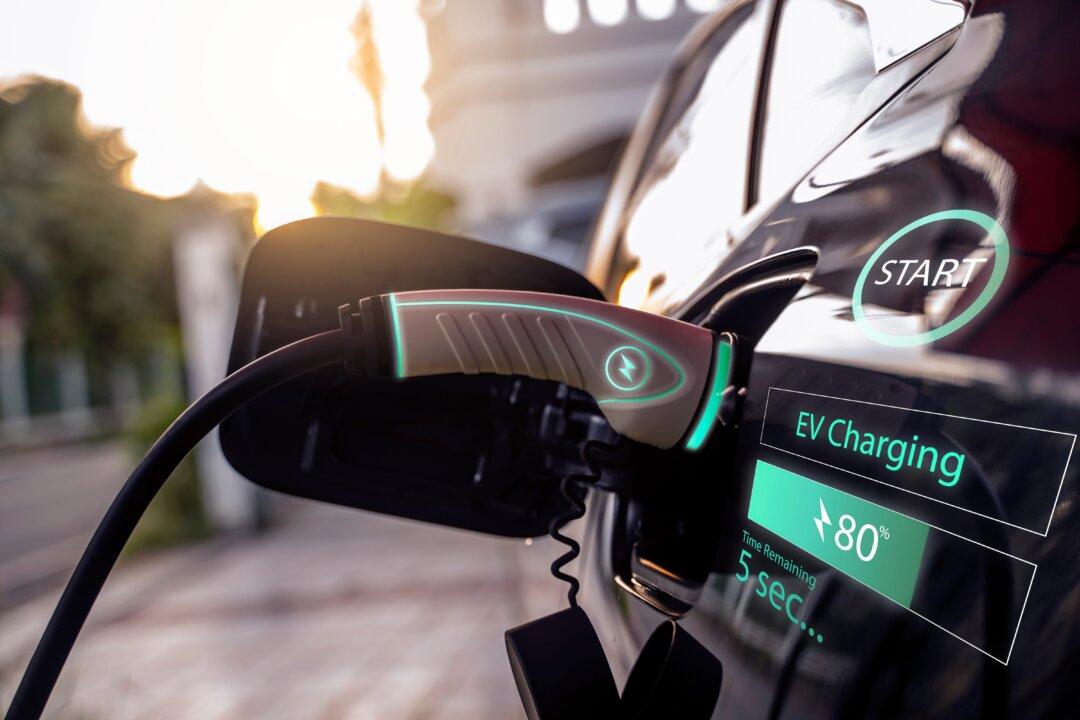Even though the cost of running an electric vehicle is less expensive than a gasoline-powered car, there are still some new and unique ways to save money. The talk about bidirectional charging systems for electric vehicles (EVs) has been taking place for some time, and it may be time for you to start thinking about getting one.
How a Bidirectional EV Charger Works
Plugging into your home’s EV charger—or one anywhere—enables you to draw on the power from the source. The power sources in your home and other places run on electric alternating current (AC). A charger converts AC to direct current (DC) by the converter going to your car.Before the power from a bidirectional EV charger can be used for homes or businesses, it must convert the current from your car back into AC. This re-conversion of the electrical current gives your EV more uses of your car’s battery power.






